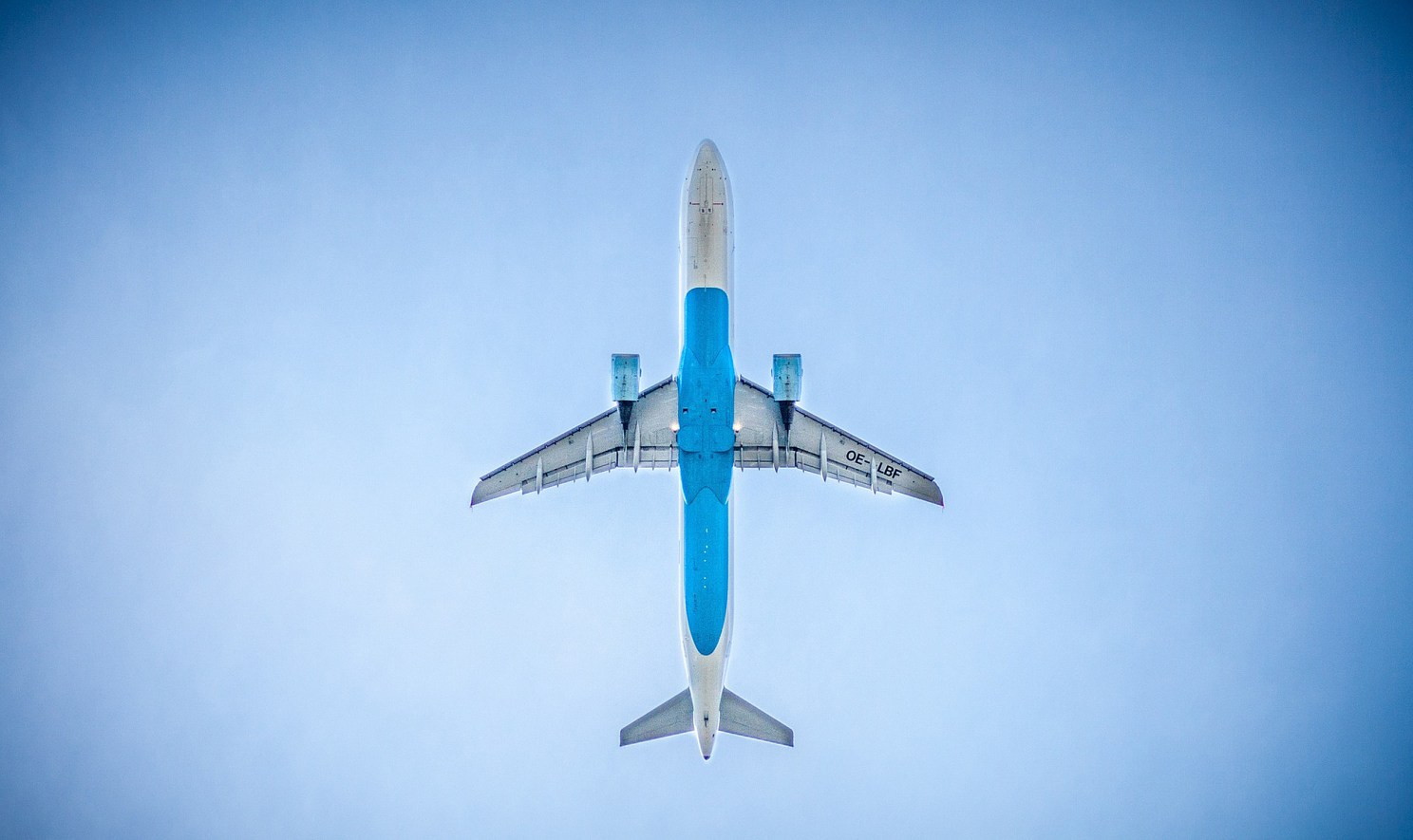Eileen McNeely, co-founder and director of the Sustainability and Health Initiative for NetPositive Enterprise (SHINE) at the Harvard T.H. Chan School of Public Health tells CNN Travel that the health impacts passengers could face on super long haul flight are similar those on shorter flights, but increased.
“Exposures that are taxing on the body will still be present — but for longer times,” McNeely explains. “Passengers will still face possible hypoxia, dehydration, muscular aches from lack of mobility, exposure to loud noise, jet lag, exposure to cosmic radiation and possible cabin air contaminants. These conditions pose a greater threat for vulnerable passengers with underlying diseases that already cause these problems.”
However McNeely points out that the advances that made ultra-long haul flights possible — namely lighter and more efficient aircraft — translate to more tolerable environmental conditions, which will help. Higher cabin pressures, increased humidity and quieter engines will also improve the situation, she says.
Still, McNeely expresses concern about restricted mobility, advising those on board to get up and move about the cabin frequently and increase intake of fluids — except for alcohol, due to the dehydration effect.
“If you are over 60 with underlying cardiopulmonary disease, see a physician for medical screening including tests for oxygen saturation, in case you need supplemental oxygen aboard the aircraft,” she adds. As for the cabin crew, McNeely recommends the airline monitor their health over time, given the increased exposure to cosmic radiation and noise, as well as ensure air crew get sufficient rest periods before, during and after flight.






